- Walt Disney




The term “entertainment district” has become an expression for a variety of locations including educational and cultural activities that, in different markets, revolve around sport activities, live performances, amusements and educational exhibits, food and beverage or some combination that may be regional in nature. A common success measure is whether an “entertainment district” gives visitors reasons to stay longer and to return frequently.
While they vary in size, building type, and tenant mix, the collective intent of developers, foundations, investors, and municipalities is clear: to rejuvenate exhausted or neglected real estate, to generate much-needed tax revenues, and to bolster their cities “live-work-play image” as they compete aggressively with other metros for businesses and residents.

The purpose of edutainment is to make learning more engaging and accessible, by blending educational content with entertainment value. Edutainment can be a powerful tool in learning because it captures the attention of the audience, making it easier to absorb and retain information. For example, a video game that teaches math or science concepts through gameplay can be more effective than traditional classroom instruction because it is interactive and engaging. Similarly, a documentary that explores history or science can be both informative and entertaining, making it more likely that viewers will learn and retain the information presented.
Public and private supporters view entertainment districts as potential catalysts for broader urban redevelopment and growth that, in many cases, is abetted by parallel investments in mass transit to expand the district’s reach beyond its immediate boundaries.
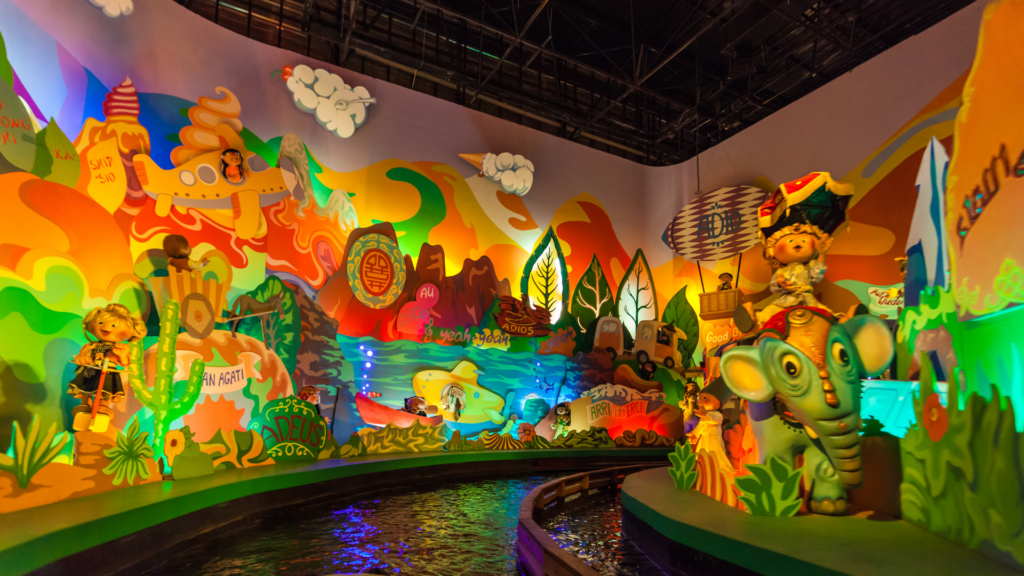
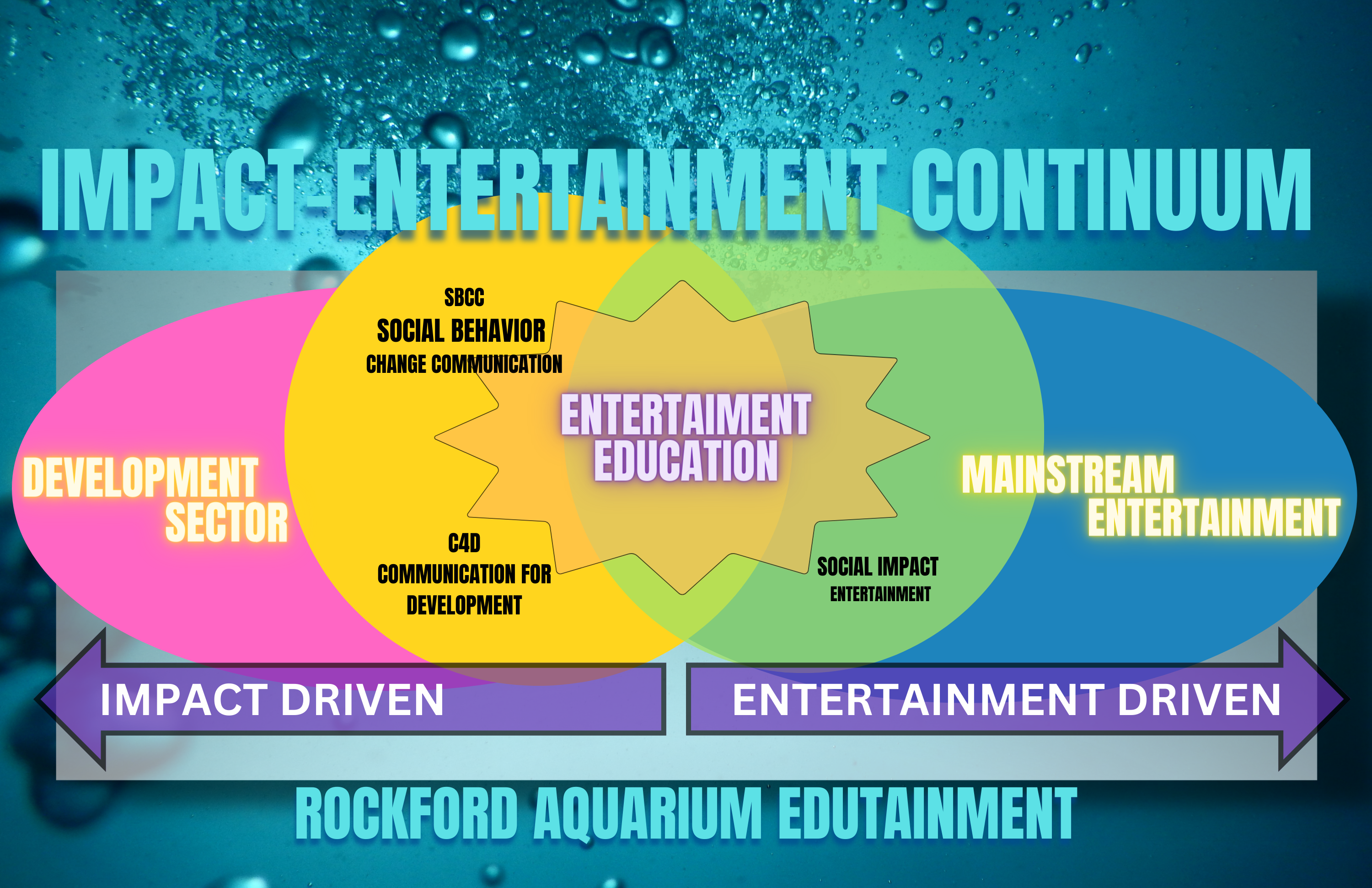
As in the case of an aquatic center, the benefits in combining education with entertainment, especially in order to make learning more enjoyable, has existed for hundreds of years, ‘Edutainment’ was popularized in 1954, and used by Walt Disney.
‘Edutainment’ is a continuum that overlaps between the world of development and entertainment picture here: multiple sectors lie in between, such as SBCC (Social and Behavior Change Communications), C4D (Communication for Development), Entertainment-Education and Social Impact Entertainment.
This graphic was created during the SBCC Summit in Bali in 2018 by Tobias Deml.
The term “edutainment” is believed to have been in use by educators and media professionals as early as the 1940s, well before the concept of edutainment became associated with Disney. Walt Disney was a pioneer in the field of edutainment, creating popular films and television shows that were designed to be both educational and entertaining. For example, “Fantasia” was a groundbreaking film that combined classical music with animation, and “The Wonderful World of Disney” television series often featured educational segments and documentaries.
Regardless of who coined the term “edutainment,” it is clear that Disney’s contributions to the field have had a lasting impact on the way that we think about combining education and entertainment. Today, the Disney brand is still associated with edutainment through its theme parks, educational programming, and interactive media experiences as you will see in the Brand Case Study Below.
It takes many forms of media or entertainment that has educational content or seeks to teach while engaging and entertaining its audience. The term encompasses a wide range and plethora of mediums, including interactive exhibits, immersive rides, television shows, video games, documentaries, podcasts, and even toys to name a few. It has the potential to make learning more enjoyable and effective, by blending education with entertainment to create a more engaging and memorable experience.
The Rockford Aquarium has the capacity to be a popular destination for visitors interested in or wanting a venue that will offers edutainment at its location. The aquarium will offer a variety of interactive exhibits, programs, and activities that are designed to engage visitors of all ages and educate them about the wonders of the underwater world employing this concept and model.

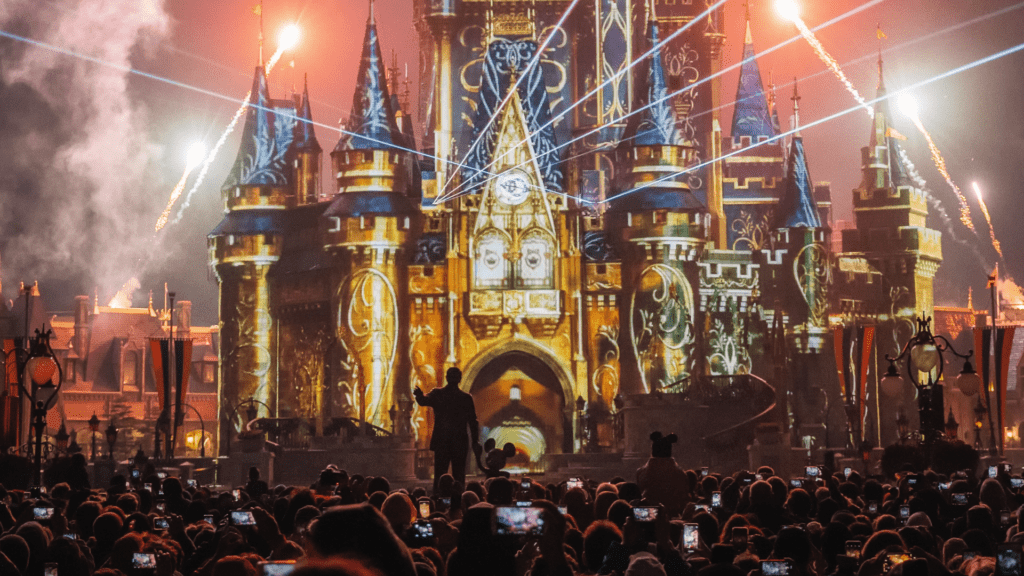
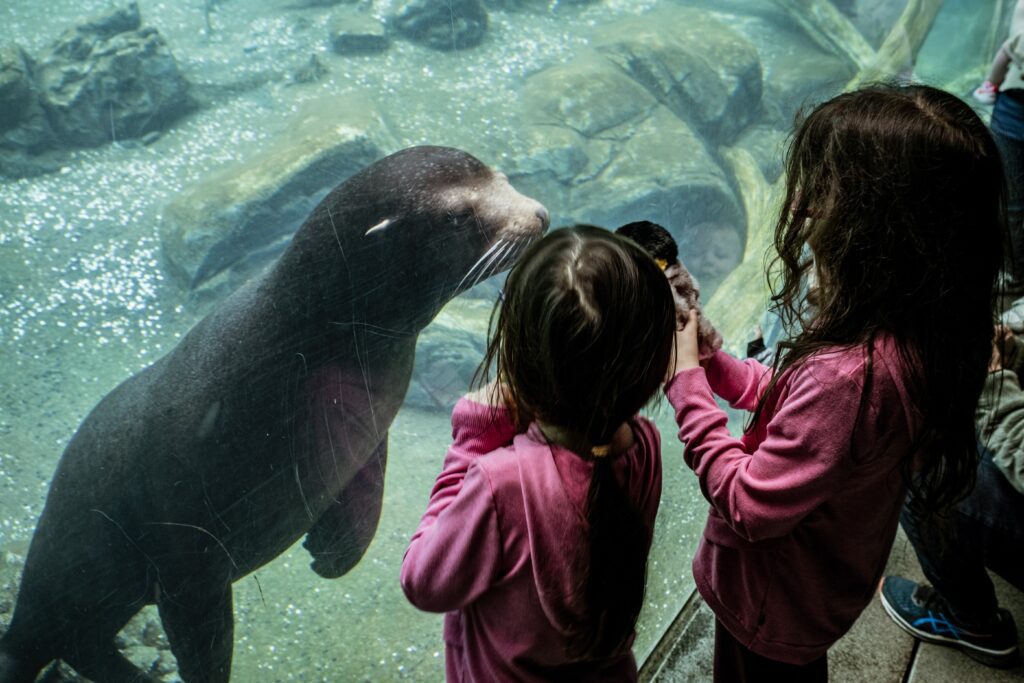
Visitors who engage with edutainment can have a highly positive experience. The interactive displays and activities will allow visitors to get up close and personal with marine creatures, fostering a deeper understanding and appreciation for these fascinating animals. In addition to the edutainment exhibits, the aquarium will offer a range of edutainment programs and events, such as guided tours and interactive animal feedings, which allow visitors to learn more about marine biology and conservation efforts. These programs are both informative, educational, and engaging, and visitors will have gained valuable knowledge about the ocean and its inhabitants.
Visitors engaged with edutainment at the aquatic learning center will depart with a deeper appreciation for marine life and a greater understanding of the importance of ocean conservation. The combination of education and entertainment has proven to be a winning formula, creating an engaging and memorable experience. It will target visitors to feel inspired to make changes in their own lives, such as reducing their use of plastic or supporting organizations that work to protect the ocean. The aquarium’s emphasis on hands-on learning will be particularly effective in engaging younger visitors. At other aquatic facilities, children have been observed eagerly participating in activities such as touch tanks, where they can touch and learn about various species of marine life, or the interactive exhibits that teach them about ocean ecosystems. The aquarium’s commitment to making learning fun and accessible will undoubtedly contribute to its popularity as a family-friendly destination.
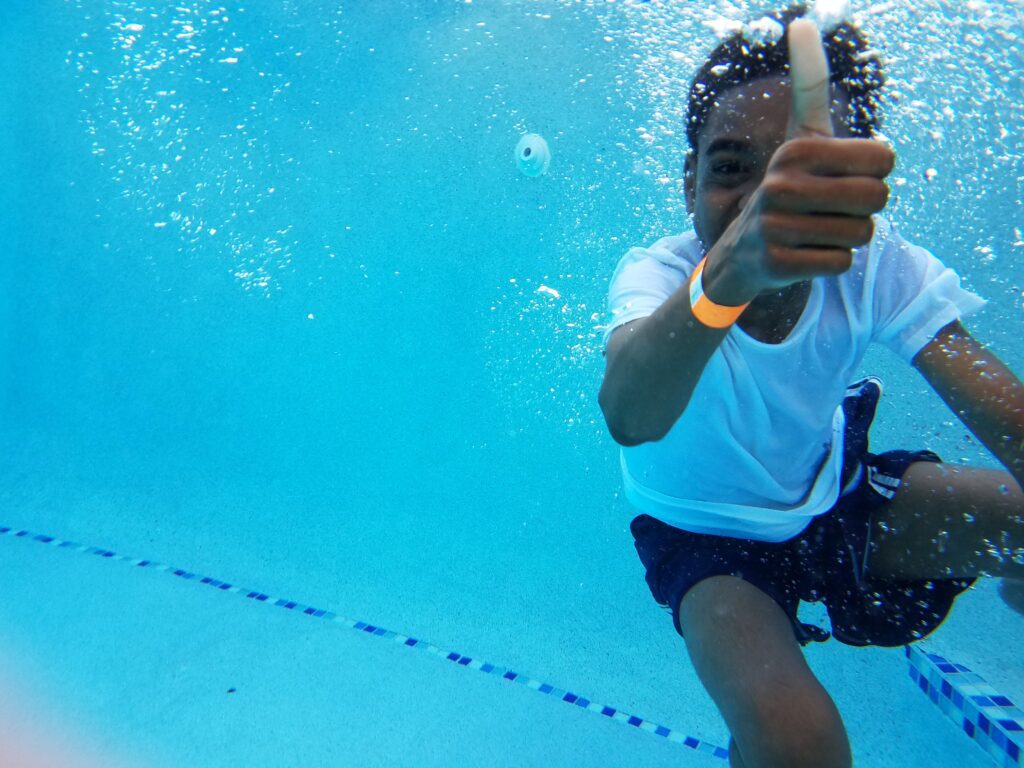

Guests who are engaged with edutainment at the Rockford Aquarium will also be translated into an overall boost in tourism for the Greater Rockford area, with many visitors returning for multiple visits or recommending it to others, while at the same time having a positive impact on the local economy, generating revenue for the aquarium and the surrounding businesses. Engaging and inspiring folks to learn more about marine life and conservation we believe once evaluated, will make the aquarium a popular and influential destination for anyone interested in the wonders of the ocean. Learning about marine life is both fun and informative. For instance, visitors can see live animal exhibits, such as stingrays, jellyfish, and sharks, and learn about their habitats and behaviors gaining a better understanding of the importance of conservation efforts.
The Rockford Aquarium will offer a virtual reality experience that allows visitors to swim with dolphins and other marine animals in a simulated environment, providing a unique and immersive learning experience. The aquarium also has a touch tank where visitors can interact with various marine creatures, such as sea stars and sea urchins, allowing them to learn about the animals’ characteristics and adaptations. Additionally, the aquarium will host various events and programs throughout the year, including educational camps for children and workshops on marine conservation. Overall, the Rockford Aquarium’s edutainment approach will make it an excellent destination for both entertainment and learning, catering to a wide range of visitors, from families to school groups and beyond.
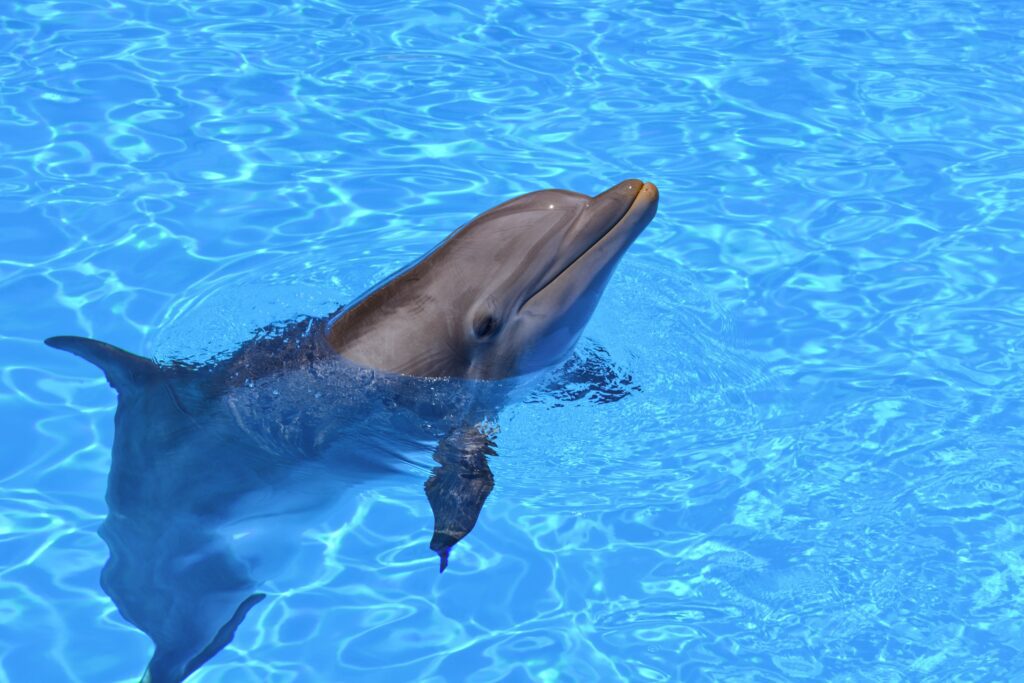

Another aspect of edutainment in the planning, are the inter-active, AI touch screen displays that allows visitors to learn more about the various marine creatures on exhibit, including their scientific names, diet, and natural habitat. The aquarium also will have an Artificial Intelligence Digital Sandbox where visitors can create their own virtual underwater landscapes, while learning about the geological processes that shape the ocean floor now and in the past.
The edutainment approach extends well beyond its physical exhibits and programs, as it also has an active presence on social media and other digital platforms as part of the metaverse. Through its website, social media accounts, and educational videos, the aquarium can reach a wider audience and promote marine conservation and freshwater awareness beyond its far beyond the physical location.
The history of edutainment has been shaped by continued advances in technology and a desire to make learning more engaging and interactive. From educational films to virtual reality experiences, edutainment has come a long way and continues to be an important tool for educators and learners alike. Today, edutainment continues to evolve with the advancement of technology, with virtual reality, augmented reality, and other interactive technologies being used to create immersive educational experiences.
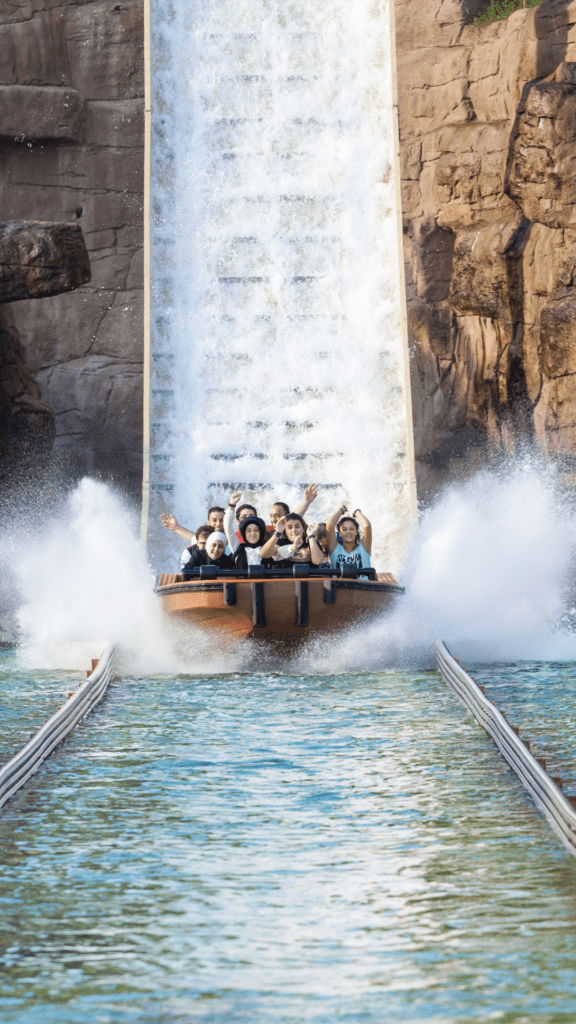


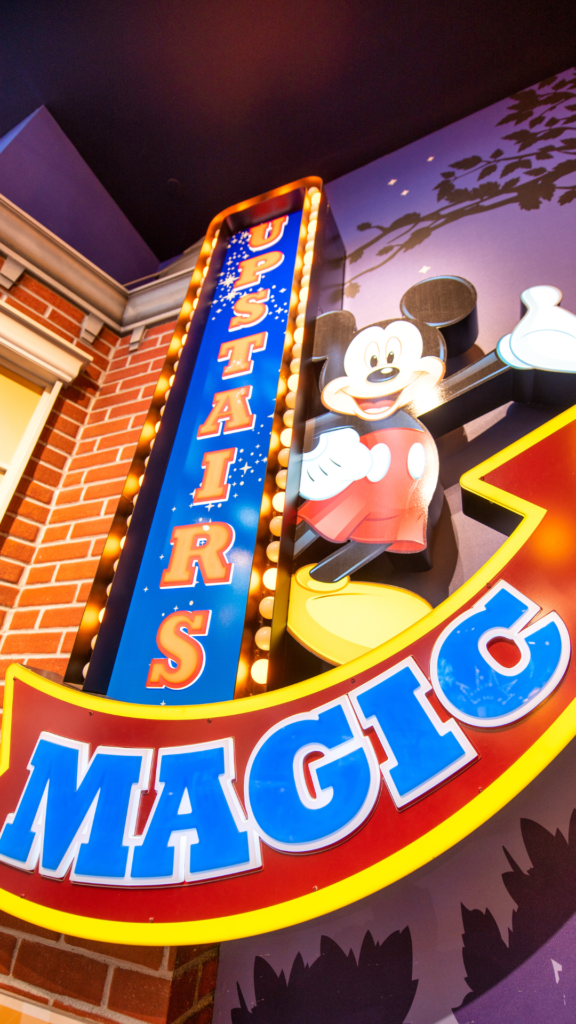
The Disney brand has a long history of using edutainment to engage and educate visitors to its theme parks and other attractions. Disney’s use of edutainment is a key part of its brand identity, and the company is known for creating immersive and engaging experiences that combine education and entertainment. Here are some of the many models of how and what Disney uses edutainment for visitors.
Many of Disney’s theme park attractions incorporate educational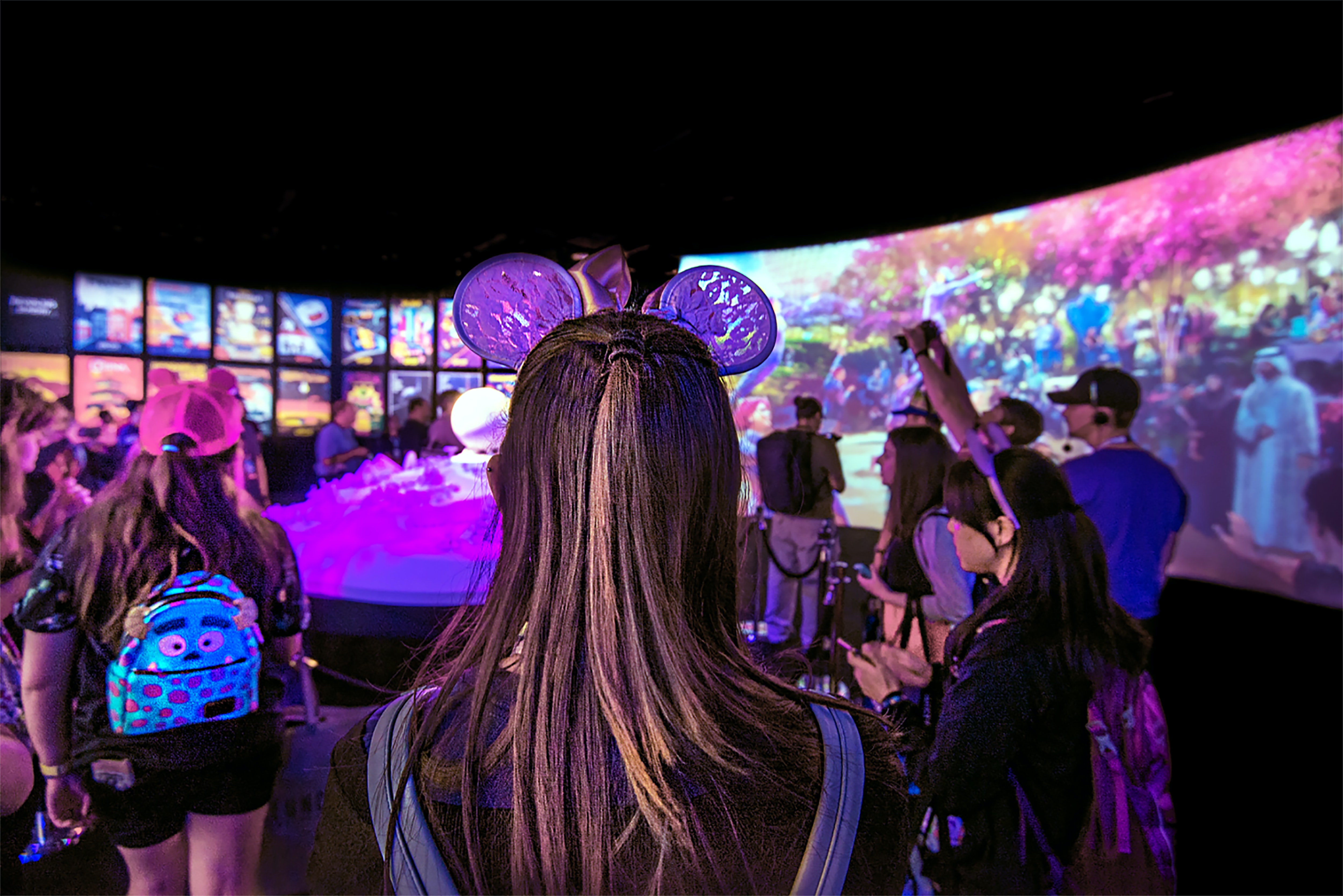 elements into their design, from the animatronic figures in “It’s a Small World” to the simulated space flight in “Mission: SPACE.” These attractions use storytelling and interactivity to teach visitors about history, science, and other subjects
elements into their design, from the animatronic figures in “It’s a Small World” to the simulated space flight in “Mission: SPACE.” These attractions use storytelling and interactivity to teach visitors about history, science, and other subjects
Disney offers a variety of guided tours at its theme parks, such as the “Wild Africa Trek” at Disney’s Animal Kingdom. These tours provide behind-the-scenes access to the parks and offer educational insights into the animals and habitats on display.
parks, such as the “Wild Africa Trek” at Disney’s Animal Kingdom. These tours provide behind-the-scenes access to the parks and offer educational insights into the animals and habitats on display.
Disney offers a range of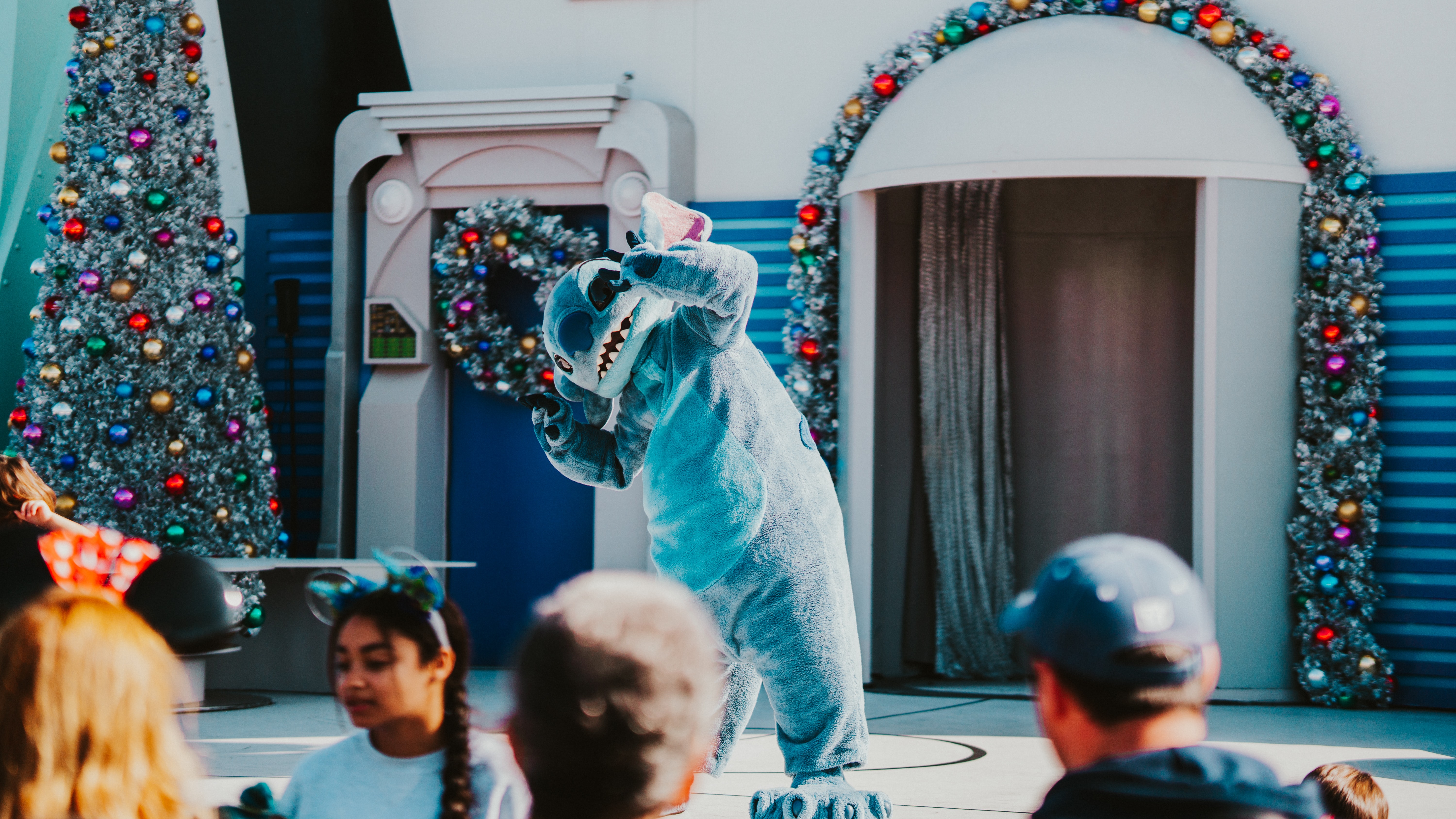 educational programs for children and families, such as the Disney Youth Education Series. These programs use Disney’s characters and stories to teach children about science, history, and other subjects.
educational programs for children and families, such as the Disney Youth Education Series. These programs use Disney’s characters and stories to teach children about science, history, and other subjects.
Disney operates a number of museums and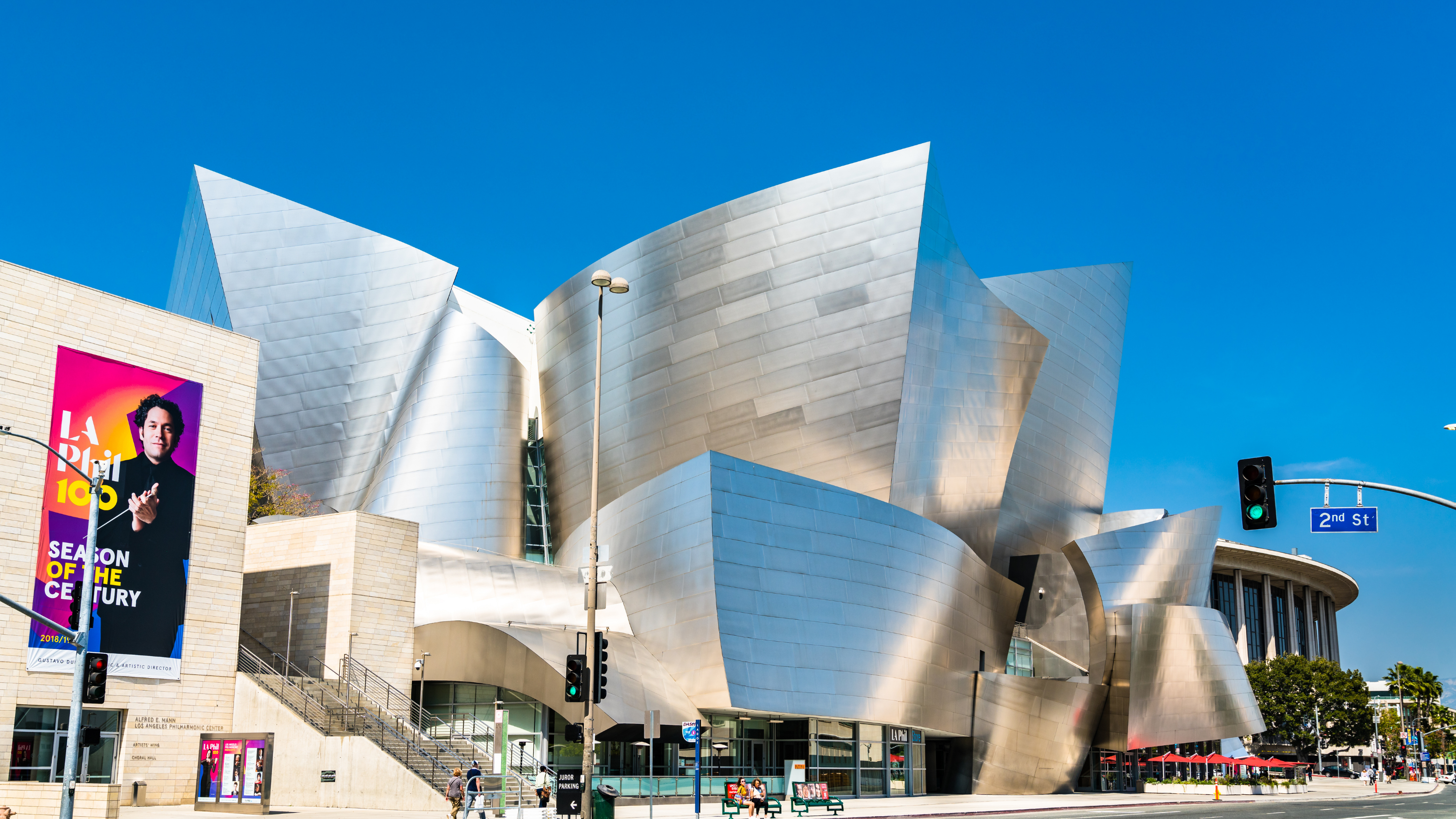 exhibitions, such as the Walt Disney Family Museum in San Francisco. These venues provide visitors with an in-depth look at the history and legacy of Disney, as well as opportunities to learn about art, animation, and other related subjects.
exhibitions, such as the Walt Disney Family Museum in San Francisco. These venues provide visitors with an in-depth look at the history and legacy of Disney, as well as opportunities to learn about art, animation, and other related subjects.
Disney characters are a beloved part of the theme park experience, and they often engage with visitors in fun and educational ways.
For example, characters like Mickey Mouse and Goofy may lead dance parties or storytelling sessions that incorporate learning elements.
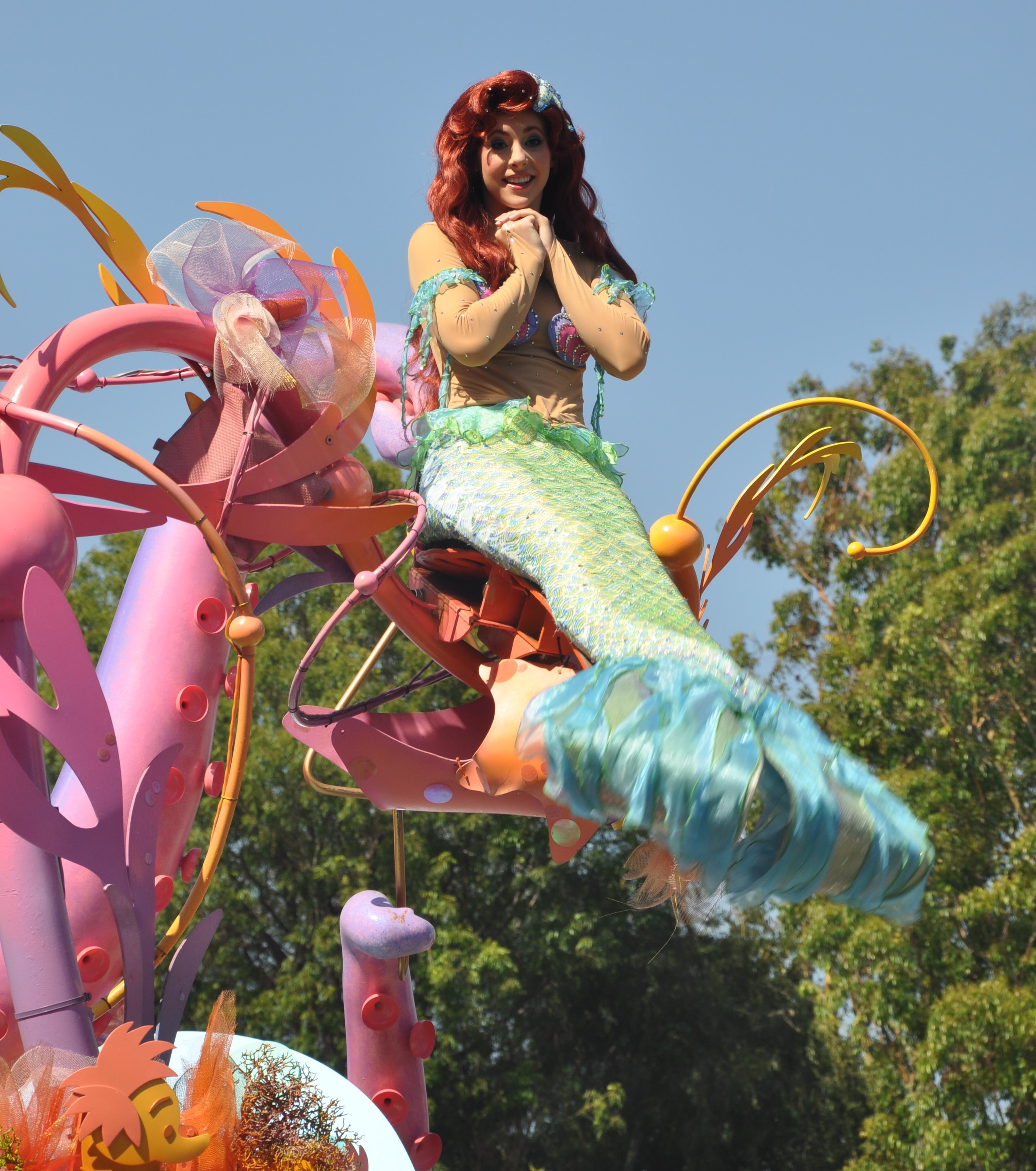
Disney’s theme parks feature a variety of live shows and entertainment, from musicals to stunt shows. These shows often incorporate educational themes and elements, such as historical reenactments or science demonstrations.

Disney’s theme parks are known for their unique food and beverage offerings, and many of these experiences incorporate educational elements. For example, the “Behind the Seeds” tour at Epcot’s Living with the Land attraction includes a tasting of fruits and vegetables grown on-site.
 Disney’s resorts and other accommodations are designed to be immersive and educational, with themed rooms and experiences that transport visitors to different worlds. For example, the Animal Kingdom Lodge features rooms with views of the savannah and offers educational programming about African wildlife.
Disney’s resorts and other accommodations are designed to be immersive and educational, with themed rooms and experiences that transport visitors to different worlds. For example, the Animal Kingdom Lodge features rooms with views of the savannah and offers educational programming about African wildlife.
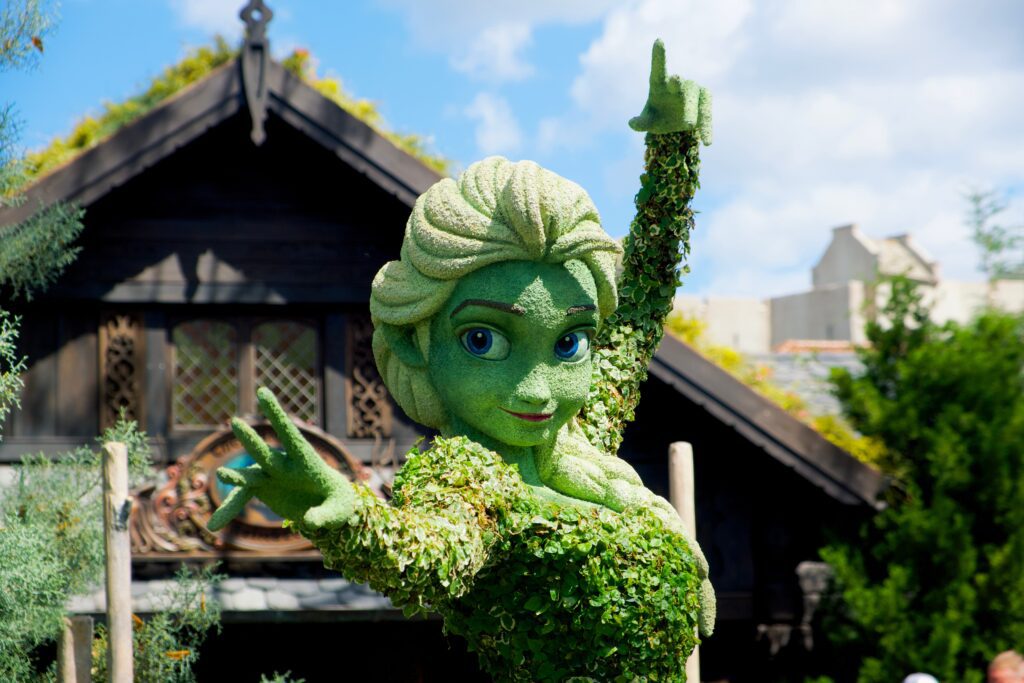 Disney is committed to promoting conservation and environmental sustainability, and the company’s theme parks and other attractions incorporate educational elements that teach visitors about these issues. For example, the “Disney’s Animal Kingdom Lodge Night Safari” offers an after-hours tour that focuses on wildlife conservation efforts.
Disney is committed to promoting conservation and environmental sustainability, and the company’s theme parks and other attractions incorporate educational elements that teach visitors about these issues. For example, the “Disney’s Animal Kingdom Lodge Night Safari” offers an after-hours tour that focuses on wildlife conservation efforts.
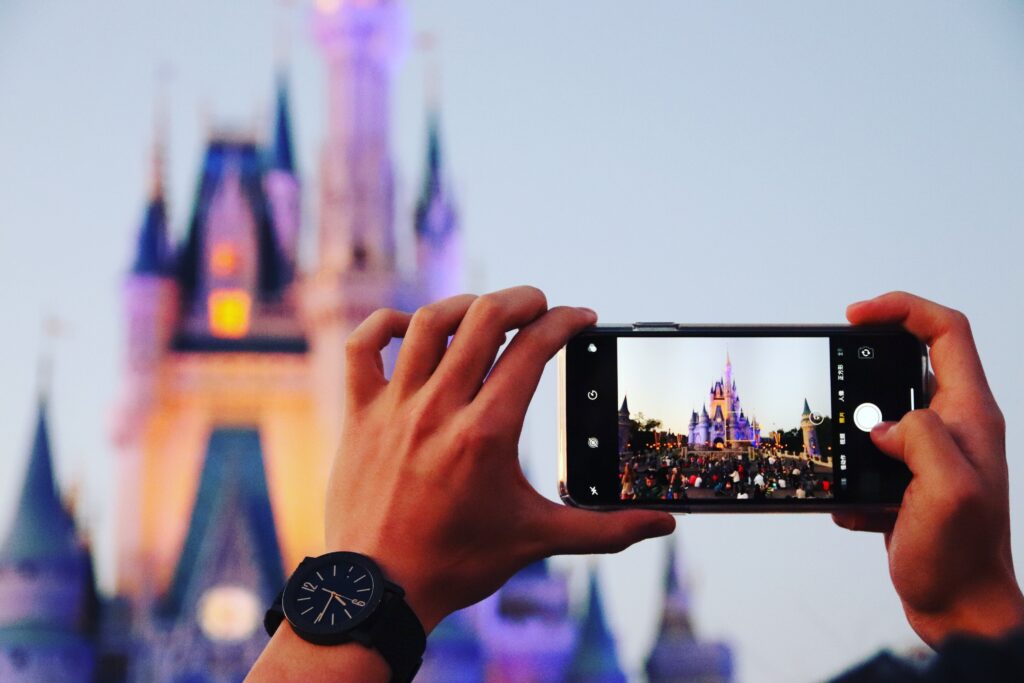 Disney offers a range of mobile apps and games that incorporate educational elements. For example, the “Play Disney Parks” app offers interactive experiences and games that teach visitors about the history and stories behind Disney’s theme park attractions.
Disney offers a range of mobile apps and games that incorporate educational elements. For example, the “Play Disney Parks” app offers interactive experiences and games that teach visitors about the history and stories behind Disney’s theme park attractions.
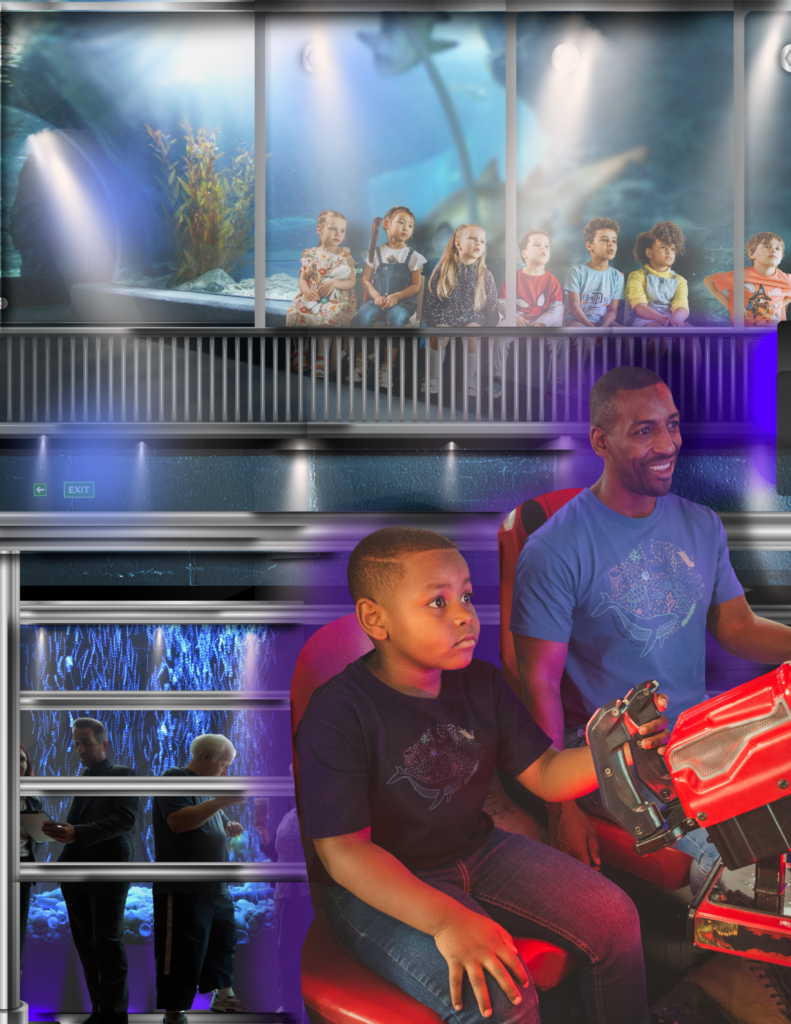
Disney offers a variety of workshops and classes for visitors, such as the Animation Experience at Disney’s Hollywood Studios. These experiences provide hands-on learning opportunities and teach visitors about the art and science of animation.
 Disney’s theme parks and resorts offer a range of cultural experiences that allow visitors to learn about different countries and cultures. For example, Epcot’s World Showcase features pavilions that showcase the food, architecture, and traditions of different countries.
Disney’s theme parks and resorts offer a range of cultural experiences that allow visitors to learn about different countries and cultures. For example, Epcot’s World Showcase features pavilions that showcase the food, architecture, and traditions of different countries.
 Disney’s theme parks host a variety of special events and celebrations throughout the year, many of which incorporate educational themes and elements. For example, Epcot’s Annual International Food and Wine Festival includes seminars and demonstrations that teach visitors about food and beverage culture from around the world.
Disney’s theme parks host a variety of special events and celebrations throughout the year, many of which incorporate educational themes and elements. For example, Epcot’s Annual International Food and Wine Festival includes seminars and demonstrations that teach visitors about food and beverage culture from around the world.
 Disney offers volunteer opportunities and community service projects for visitors, such as the Disney Conservation Fund Volunteer Program. These experiences provide opportunities for visitors to give back to the community and learn about environmental conservation and other important issues.
Disney offers volunteer opportunities and community service projects for visitors, such as the Disney Conservation Fund Volunteer Program. These experiences provide opportunities for visitors to give back to the community and learn about environmental conservation and other important issues.
These are just a few case study examples of how the Disney brand uses edutainment to engage and educate visitors. Whether through interactive exhibits, educational programs, or immersive experiences, Disney is continually committed to creating fun and engaging learning experiences.